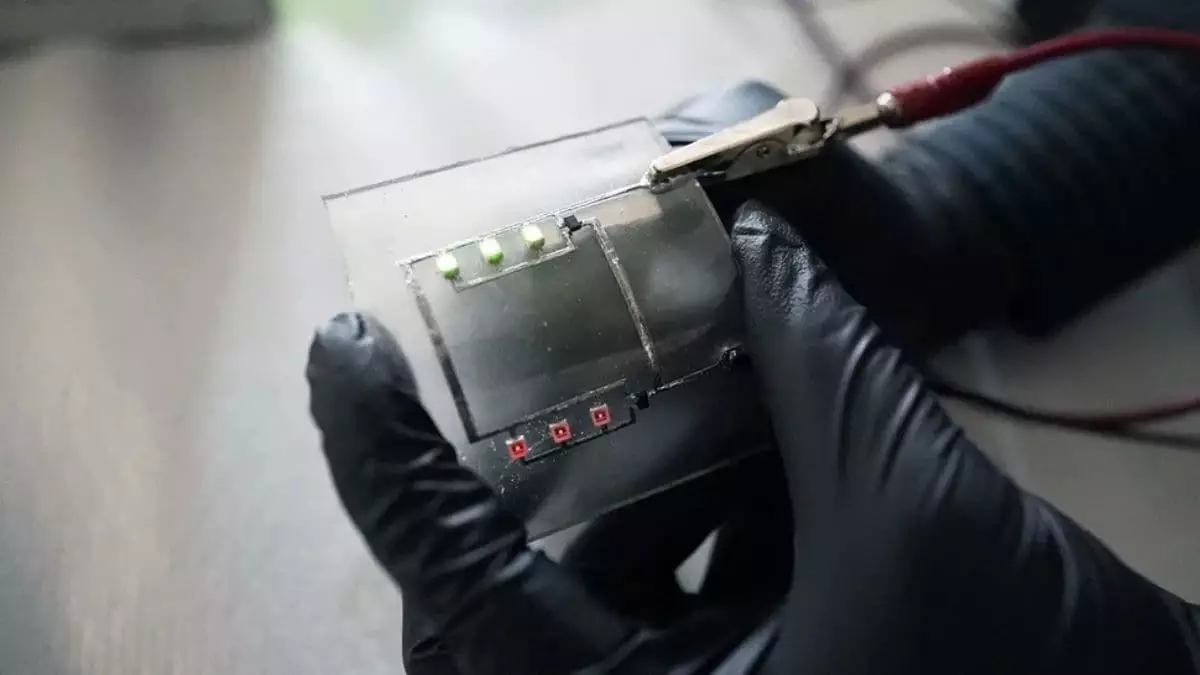The development of self-healing, recyclable circuit boards marks a significant technological milestone, promising to reduce electronic waste and enhance device longevity. However, while it’s easy to be swept away by the allure of such innovations, a critical perspective reveals that these advancements might serve as a double-edged sword. The core motivation appears to be creating a greener, more sustainable electronics industry, but is this progress enough to offset the broader environmental and economic costs associated with rapid technological obsolescence?
The emphasis on durability and reconfigurability seems admirable at first glance. Still, it raises questions about the actual lifecycle of these devices. Will such resilient boards make consumers more complacent, leading to even faster replacement cycles? Is this technology genuinely designed to curb waste, or does it merely extend the lifespan of gadgets artificially, giving companies a new marketing angle rather than solving systemic overproduction?
The Illusion of Green Progress and the Reality of Material Complexity
The science behind vitrimer-infused circuit boards is undoubtedly impressive, blending flexibility with repairability through innovative materials. But beneath this surface lies a complicated reality: the extraction, processing, and recycling of the embedded liquid metal droplets involve energy-intensive steps that could undermine the environmental benefits. Liquid metals, while offering conductivity and flexibility, pose challenges related to toxicity and resource depletion—factors often overlooked amid the hype.
Furthermore, the promise of these boards returning to their original shape after deformation might seem groundbreaking but could be overly optimistic when scaled up. The real-world durability of such materials in everyday conditions—exposure to moisture, temperature fluctuations, and mechanical stress—remains uncertain. Without rigorous testing and real-world validation, this innovation risks being more theoretical than practical, serving as a glossy headline rather than a game-changing solution.
Economic and Ethical Concerns in the Age of Greener Electronics
The push for recyclable and self-healing electronics intersects with larger socio-economic issues. For instance, while the prospect of reclaiming valuable metals and reducing landfilled waste is appealing, it doesn’t address the root cause: our obsession with rapid turnover and planned obsolescence. The environmental benefits could become negligible if consumers continue to discard devices driven by trend cycles rather than functional failures.
Additionally, the deployment of such advanced materials might lead to increased costs, accessible only at premium price points, exacerbating digital divides. Marginalized communities, already burdened by e-waste dumps and pollution, might find themselves further exploited if recycled materials are not managed ethically or if new health hazards emerge from handling complex composite materials.
In essence, while the scientific breakthrough is commendable, it’s vital to scrutinize whether this marks a genuine evolutionary step toward sustainability or simply a recalibration of corporate narratives. Without systemic changes addressing overproduction and responsible consumption, even the most resilient circuits risk becoming another layer of superficial greenwashing, concealing the deeper environmental and social truths of our electronic society.

Leave a Reply